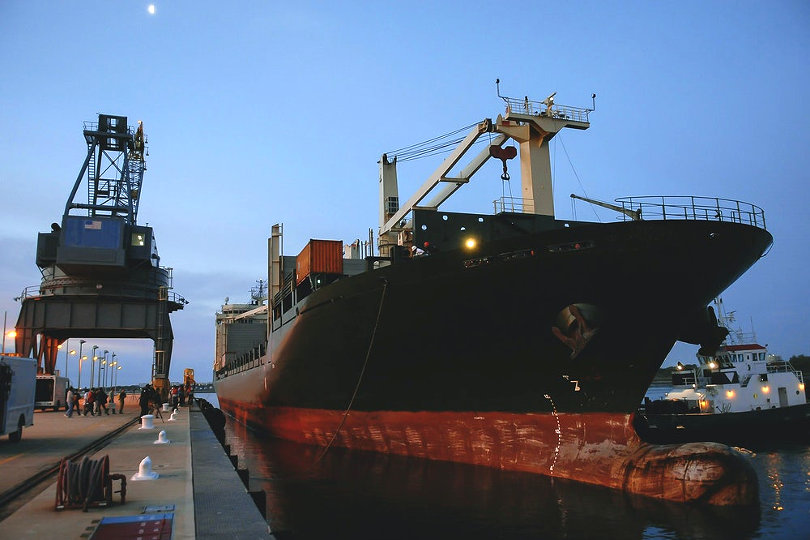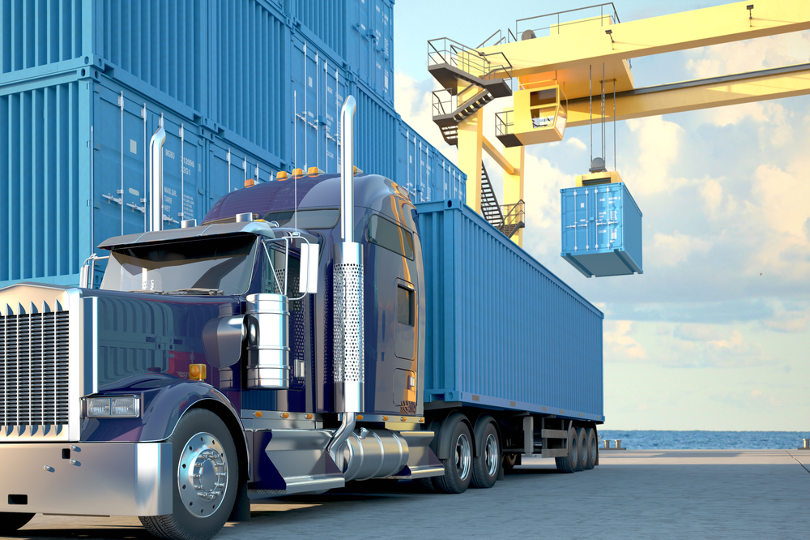Incoterms are the foundation of international shipping and global commerce. However, relatively few people understand the definitions involved, much less the detailed rules behind them. We’ll explain some of the terminology you need to understand, and we will explain how the Incoterms changed in 2020.

What Is an INCOTERM?
Before we talk about the 2020 changes to incoterms, let’s answer the question: what are INCO terms? The word Incoterm is short for international commerce terms. Incoterms are universal rules that facilitate international trade. They clarify the obligations of both buyers and sellers. The Incoterms are published by the International Chamber of Commerce or ICC. The first Incoterms were established in 1936. They were updated in 2010 and 2020.
When Do Incoterm Rules Apply?
Incoterm rules apply regardless of the mode of transportation. In 2010, the two main categories of Incoterms were updated and classified by mode of transport. Group 1 applies to any form of transport; this includes rail and truck transport. This category includes DAT (delivered at terminal), DAP (delivered at place), and FCA (free carrier). Group 2 Incoterms only apply to sea and inland waterway transport. Incoterms in this category include FAS (free alongside ship), FOB (free on board), and CFR (cost and freight).
Each of these terms determines who pays for transportation, insurance, and loading costs. Each of these terms determines who assumes the cost and risk of transporting the cargo. For example, under EXW or Ex Works, the seller only has to deliver the good to a specified location. The buyer assumes all risk and transportation costs.

How Did Incoterms Change in 2020?
There were seven key changes to the Incoterms in 2020. The delivery at terminal or DAT incoterm became DPU. DPU refers to “delivery at place unloaded”, so it no longer implies delivery to a terminal.
For the CIF and CIP rules, insurance points were clarified. CIP now requires insurance complying with cargo clause A. CIF now requires insurance under clause C. Costs and cost structures were clarified for every major incoterm rules, as well. For example, all costs are to be listed under the “allocation of costs” section for each rule.
Security in relation to transport was spelled out in detail. They were added to sections A4 and A7 of each rule. Who pays for the security costs were added to sections A9/B9.
They also gave more information about rules and responsibilities for FCA, FOB and BOL (Bills of Lading). This addresses the gap in delivery between FCA and FOB. This was caused by Incoterm rules that left sellers with significant cost and risk, resulting in them using FOB when they should have used FCA. The 2020 update solves this problem.
More provisions that allow your own transport were added. This is in contrast to prior rules assuming third party transport. Means of transport by the buyer are now part of FCA rules, and transport by the seller is part of D Rules.
The Incoterms 2020 rules have a significantly different presentation and design. For example, the explanatory notes are more thorough. The diagrams explaining the rules were updated. The rules for each type of delivery were reordered to make delivery and risk much more obvious. On the other hand, maritime rules haven’t changed much either in practice or presentation.




